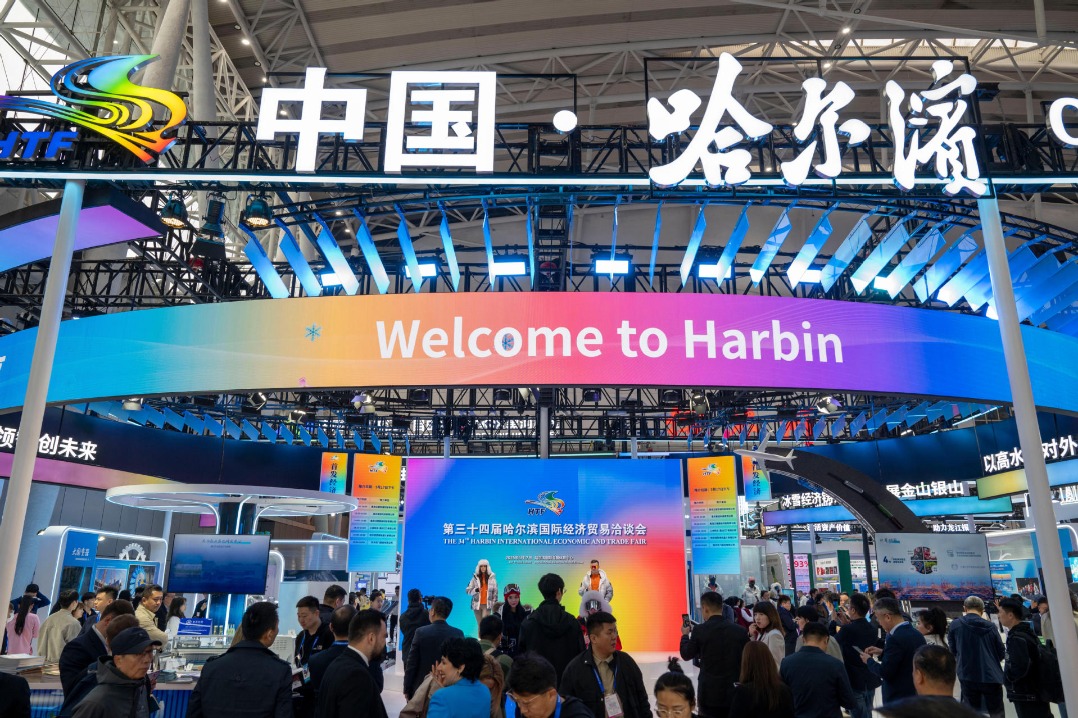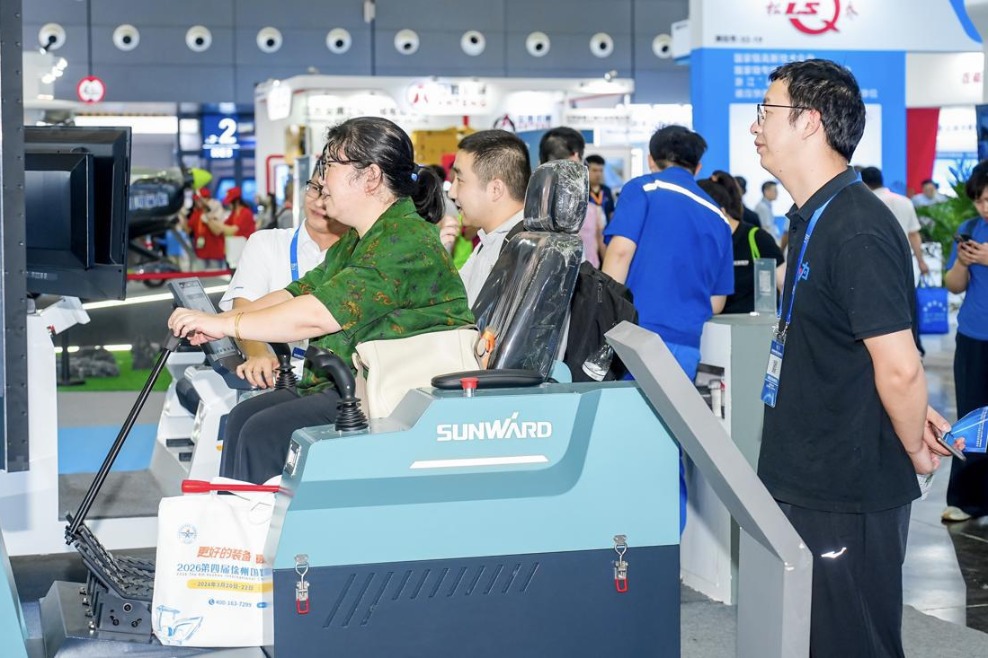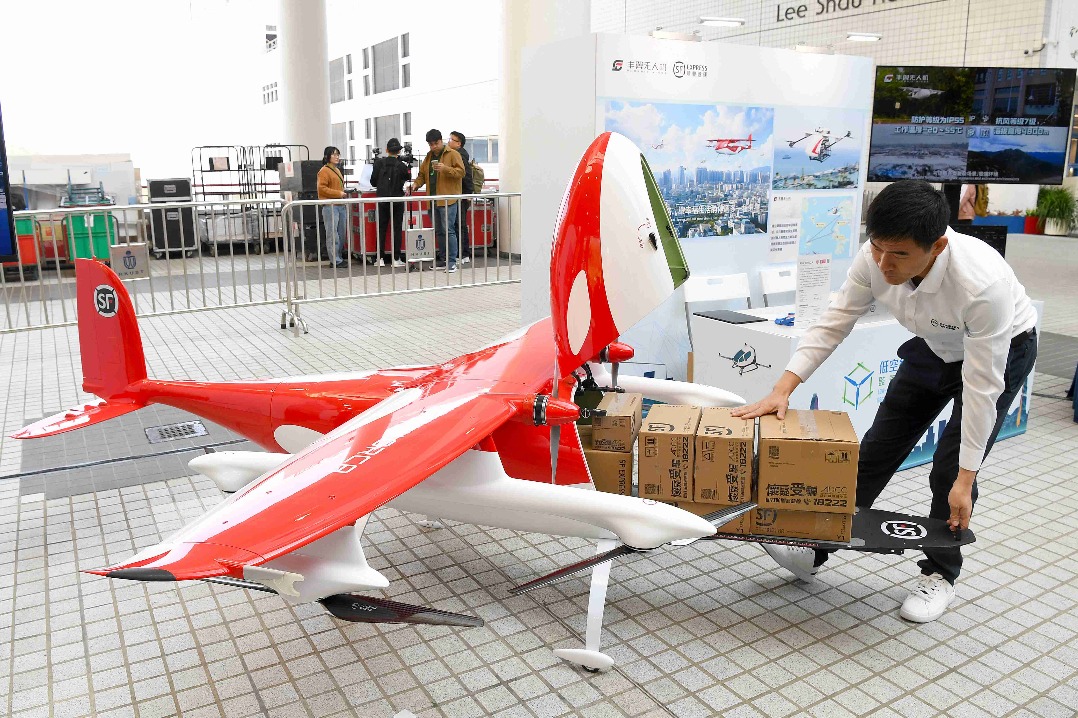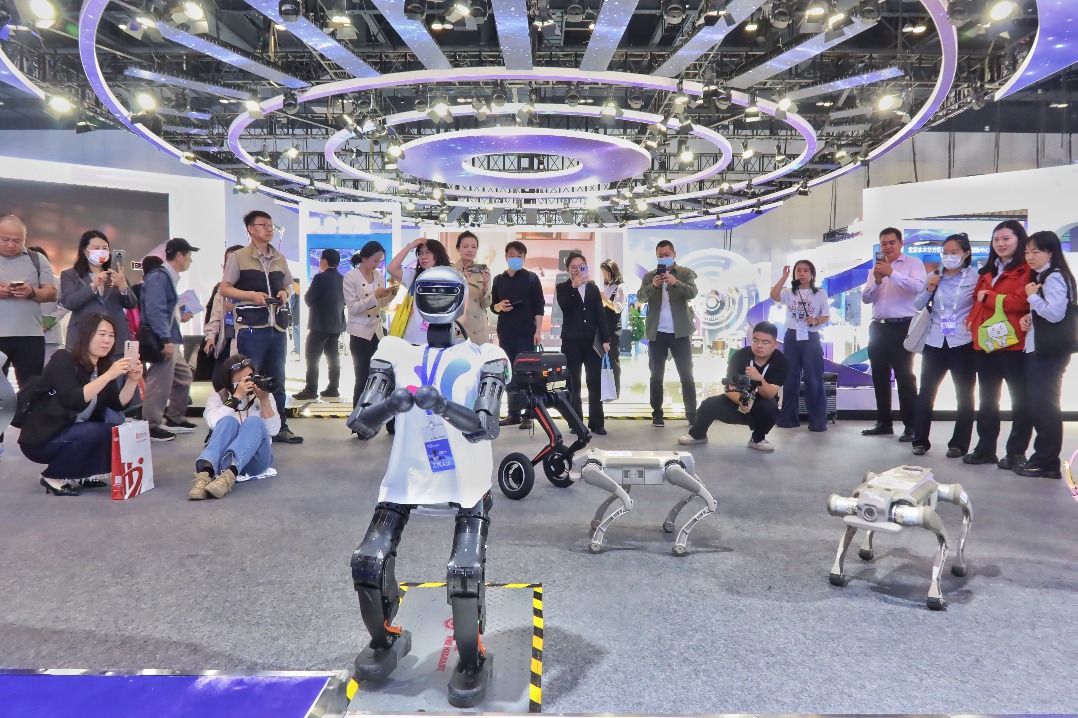Microgrids power China green energy transition

NANJING -- At a new energy vehicle industrial park in the city of Xuzhou, East China's Jiangsu province, a large digital screen flashes real-time data on solar power generation and carbon dioxide reduction.
Sprawling across the park's rooftops are 52,000 square meters of photovoltaic panels, supported by an energy storage system. Together, they form a self-sufficient microgrid that generates nearly 7 million kilowatt-hours of electricity annually -- enough to power the entire park.
"This clean energy solution replaces 2,800 metric tons of coal consumption while cutting carbon emissions by about 7,500 tons every year," said Zhang Dong, a technician at the State Grid Xuzhou Power Supply Company, noting that companies in the park could save over 20 percent on energy costs.
Zhang added that demand for microgrid projects is surging in industrial parks across China, as companies see them as a way to help cut costs and transition toward greener growth.
A microgrid is a localized power network typically composed of renewable energy sources such as solar and wind power, alongside energy storage systems. These systems can operate independently or in sync with the main power grid, making them flexible, environmentally friendly and stable.
China has channeled substantial investment into microgrids. According to the action plan on accelerating the construction of new power systems, local governments are encouraged to build smart microgrid projects that cater to regional needs. The country's 14th five-year plan for modern energy systems also underscores the importance of microgrid construction.
More than 300 green microgrid projects are currently operational or under construction in the industrial sector, according to the Ministry of Industry and Information Technology.
One of the leaders in the construction boom is the city of Changzhou in Jiangsu, both a manufacturing hub and a major new energy base. It has already launched nearly 40 microgrid projects and plans to increase the number to 300 by the end of 2027.
"The microgrid expansion is both a result and a driver of China's energy transformation," said Zhang. "The falling costs of wind and solar power have made it feasible, while the decentralized energy model enhances grid stability and ensures cleaner power is available where it's needed most."
China is steadily advancing toward its dual carbon goals of peaking carbon emissions by 2030 and achieving carbon neutrality by 2060. In the first quarter of 2025, newly installed wind and solar power capacity reached 74.33 million kilowatts, bringing the cumulative installed capacity to 1.482 billion kilowatts, surpassing coal-fired capacity for the first time, according to the National Energy Administration.
In many densely populated Chinese cities like Suzhou in Jiangsu, where energy demand is high but land is scarce, centralized solar farms are not a viable option. Instead, distributed solar generation coupled with smart microgrids has emerged as the optimal approach to sustainable urban development.
"Microgrids offer tremendous advantages in remote islands, deserts and areas where grid coverage is limited or electricity demand is high," said Chen Hao, an associate professor at Renmin University of China.
Suzhou's microgrid system can now regulate over 20,000 kilowatts daily. During peak demand periods, these networks can achieve short-term self-balancing, supplying power to more than 5,000 households.
Microgrids are also making energy management smarter. In many highway service areas across China, prime locations for microgrid deployment, AI-powered systems are used to optimize the real-time allocation of clean energy for electric vehicle charging based on traffic volume and weather conditions.
A highway service area in Nanjing, capital of Jiangsu province, has recently launched a smart microgrid featuring solar power, energy storage, fast-charging stations, and battery-swap infrastructure for light trucks. The system can dynamically allocate green electricity to meet the demand of vehicle charging services.
"After years of development, microgrids are going beyond technological research and development to commercial applications," said Tang Xisheng, a researcher at the Chinese Academy of Sciences.
"We can expect to see their footprint expand across more industrial parks, residential communities, and rural regions in the future," Tang added.




































